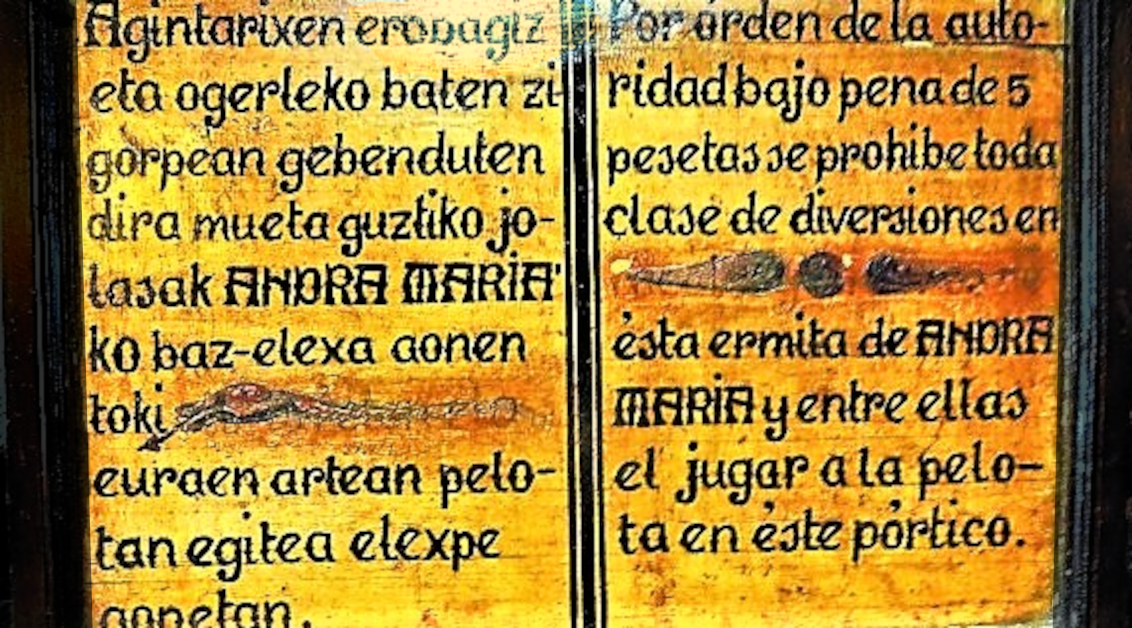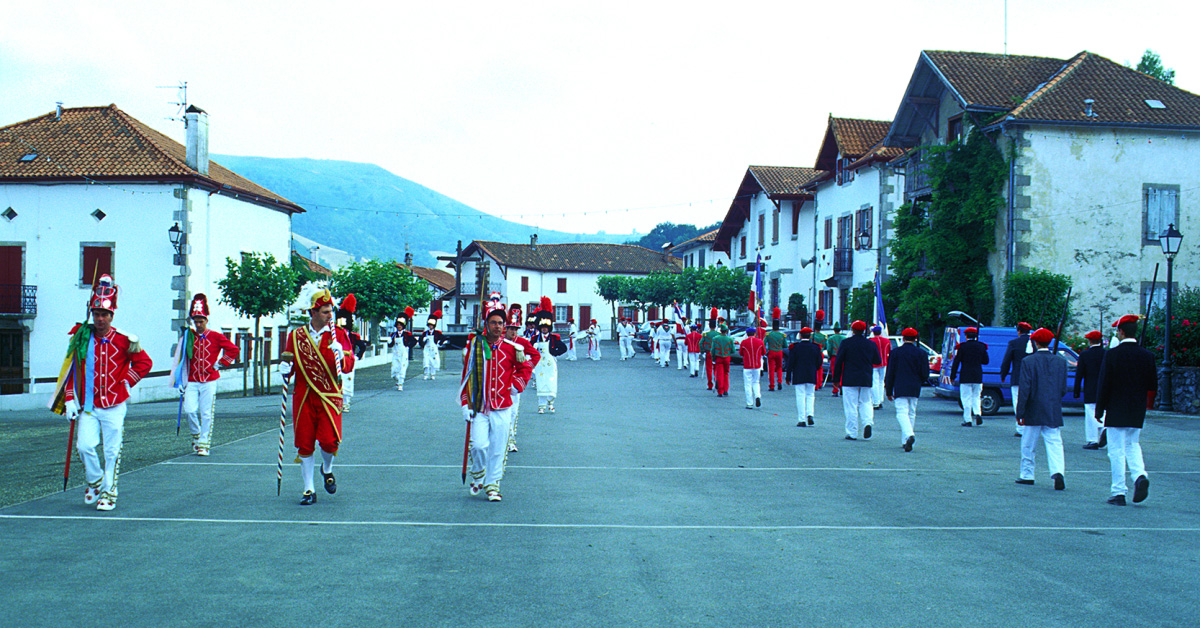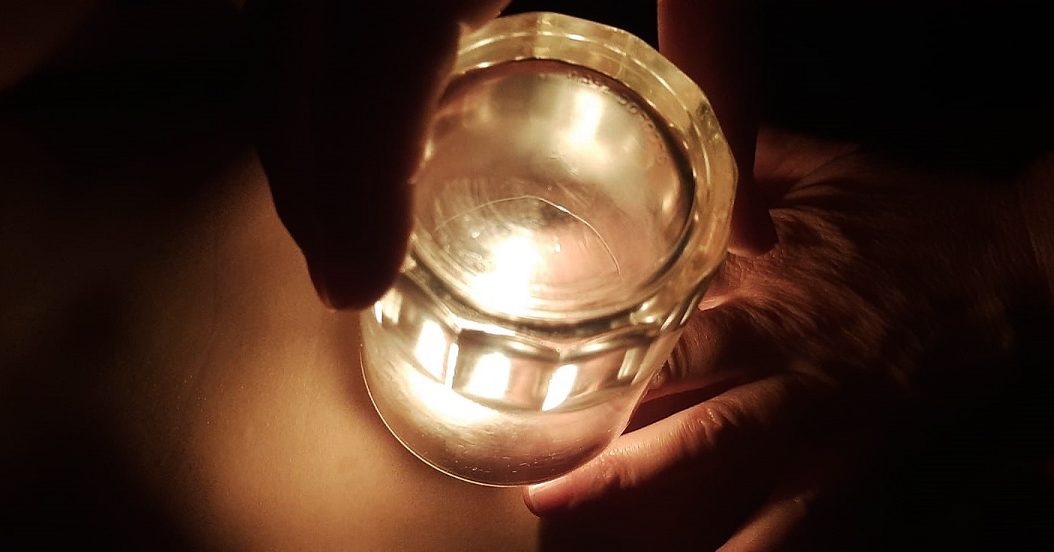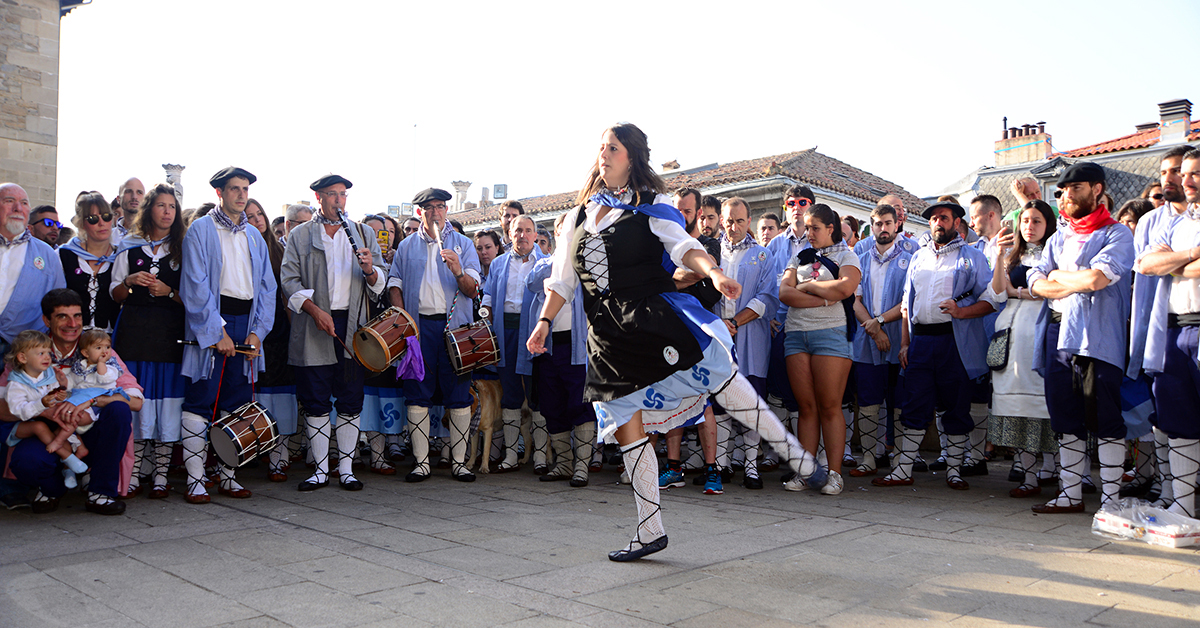Basque ethnography at a glance
Around fifty years after 1264, the year in which Pope Urban IV instituted the feast of Corpus Christi (“the Body of Christ”), processions began to form part of the celebrations. “Extraordinary” figures (costumed figures known as giants and big heads, the dragon-like tarasca, troupes made up of members of guilds, etc.) were included with great pomp and circumstance. However, with the passing of time and following the recommendation of the Second Vatican Council to get rid of so much paraphernalia, the festivity has been gradually celebrated on an ever-smaller scale (and in many cases it has disappeared) right up to the present.
The years have not been kind and only a few places now retain or have recovered certain features of the feast day. Special mention should be made of Toledo, Seville, Valencia and other towns with unusual and even eccentric characters. Only a handful of towns or villages celebrate it here. Along with the flag waving in Lesaka, Bera and Doneztebe, Oñati is where the feast day has continued to be celebrated, with barely any changes, since the 16th century.
Aita (father in Basque) though very highly of Lorenza Amorrortu and I believe he still remembers her, wherever he now may be.
For some time, he suffered from quite a lot of stomach problems. He complained about stomach pain, indigestion, feeling sick and weak. He seemed sad. He used to hold his stomach with both hands to relieve that discomfort. He even stopped eating.

Sign hung in the Chapel of Andra Mari de Ibabe (Aramaio) in 1924. It is currently displayed in the lobby of El Portalón restaurant in Vitoria-Gasteiz.
Basques have our own vigesimal numbering system. It is also used in other Celtic lan-guages, perhaps as a remnant of a proto-Basque language that was widespread though large areas of Europe.
In 1868, the peseta was introduced as the single currency for the whole of Spain, as the result of the decimal metric system coming into force when the Spanish State joined the Latin Monetary Union. The peseta was equivalent to 4 reales de vellón, which were the most commonly used coins up until then; and the 5-peseta coin, ogerlekoa, (popularly known as duro) was therefore equivalent to 20 reales. (more…)
Down through the centuries, word-of-mouth was the way or method used to pass down what had been learnt from the legacy left by the past; the thread running through the knowledge handed down from generation to generation which has shaped and moulded each element, task, activity or narrative, among other aspects, to the present. It is the cultural heritage of each community.
However, that historical process involved many circumstances that, despite being insurmountable according to the sources (the transmitters), have been part of our continuing to argue that tradition is unchangeable. That is where the main meaning lies of the word that is used to illustrate studies and hypotheses in the socio-cultural world by experts and scholars, along with other terms such as folklore, folkish, revival and derivatives. (more…)




